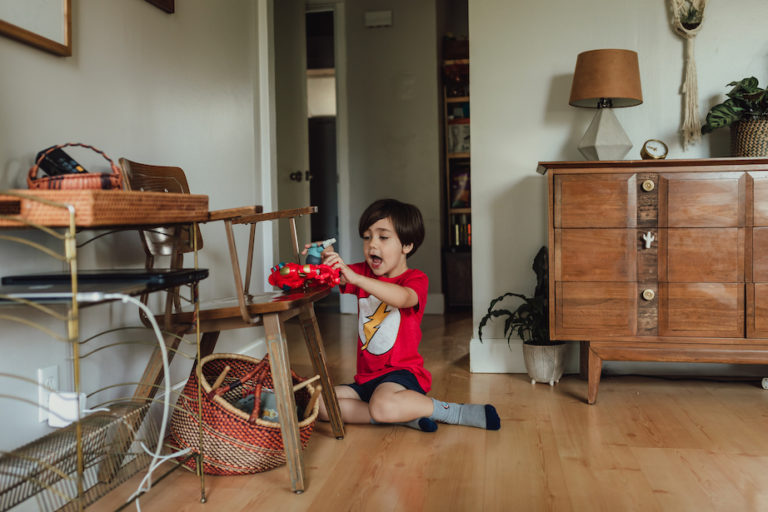For a lot of us, candles are a big part of creating that cozy, festive holiday vibe. A little less magical is the fact that December is the peak month for home candle fires, the top three days being New Year’s Day, Christmas, and New Year’s Eve, according to the National Candle Association. (Hanukkah doesn’t have special protection. Menorah fires are a thing.)
The rest of the year is a problem too. Americans are buying more candles, and it looks like we’re not being very safe about using them. According to the National Safety Council, while most types of home fires have decreased, candle-related fires are up 125 percent, to more than 10,000 per year.
So let’s keep your holiday, and your home, from going up in smoke. Here’s how to prevent candle fires and enjoy that unbeatable glow safely, during the holidays and all year ’round.
The three candle-safety basics
Most candle fires could be avoided if we all followed three basic safety rules, according to a study by the US Consumer Product Safety Commission. If you do nothing else, take these basics to heart:
1. Never leave a burning candle unattended. It’s the main cause of candle fires. A candle that you fall asleep next to counts as unattended. About a third of candle fires start in the bedroom. Not very romantic!
2. Keep candles away from anything that might catch fire. Most candle fires start because something combustible was too close. Holiday decorations, for example. Set candles on a stable surface, and maintain a buffer zone of at least a foot. Triple that for Christmas trees. Tree fires don’t happen that often, but when they do, they end in death more than four times as often as other home fires.
3. Keep candles out of reach of kids and pets. The dog, excited about the bone he got from Santa (the exact one he asked for!), sweeps the candle off the coffee table with his wagging trail. The cat knocks over the menorah, just because. You get the idea.
Extra credit: handle candles right
To boost your safety grade some more, make a habit of following these rules too.
Use holders specifically designed for candles. They should be heat-resistant, sturdy, and able to catch drips. Please, no wine bottles, as bohemian as that look might be.
Maintain your wicks. Long wicks can cause flaring. For most candles, keep them trimmed to no more than a quarter inch. If a wick is too short, though, the flame might be too small to melt the wax properly, and you’ll end up with a useless candle tunnel. If you see any smoking or soot whatsoever, or the flame is flaring up or flickering a lot, snuff the candle and trim the wick a bit.
Keep candles away from each other. Three or four inches apart, or the heat from one could start melting another.
Avoid drafts. You’ll prevent rapid or uneven burning, soot, and potentially dangerous dripping. And of course you don’t want the candle to blow over.
Don’t burn candles all the way down. Without some wax as a buffer, the heat can crack a glass holder, or the candle can overheat and flare in general. Plus, you want the wick to stay vertical, above the wax. Manufacturers say to retire the candle when there’s a half inch of wax left in an enclosed holder, two inches in an open one. Tea lights are different: they’re designed to liquefy completely in their little cups.
Use a candle snuffer. It’s not just a fun, old-timey accessory. It’s the best way to make sure hot wax doesn’t splatter. Next best: improvise with a spoon.
Don’t move a candle until it’s completely cool. Wax could splatter and burn you, not to mention harden onto the carpet.
Keep a fire extinguisher on hand
And make sure you know how to use it! Putting out a small fire is harder than you might think, as this two-minute video demonstrates. Just remember the P-A-S-S method:
- Pull the pin
- Aim low at the base of the fire from 6 to 8 feet away
- Squeeze the handle
- Sweep from side to side
Consumer alert: On November 2, 2017, the government issued a recall of 40 million Kidde brand fire extinguishers that might not work. The models go back decades. So if you have any that were bought before the recall date, check the model numbers with the US Consumer Product Safety Commission. Kidde will replace them at no charge.




